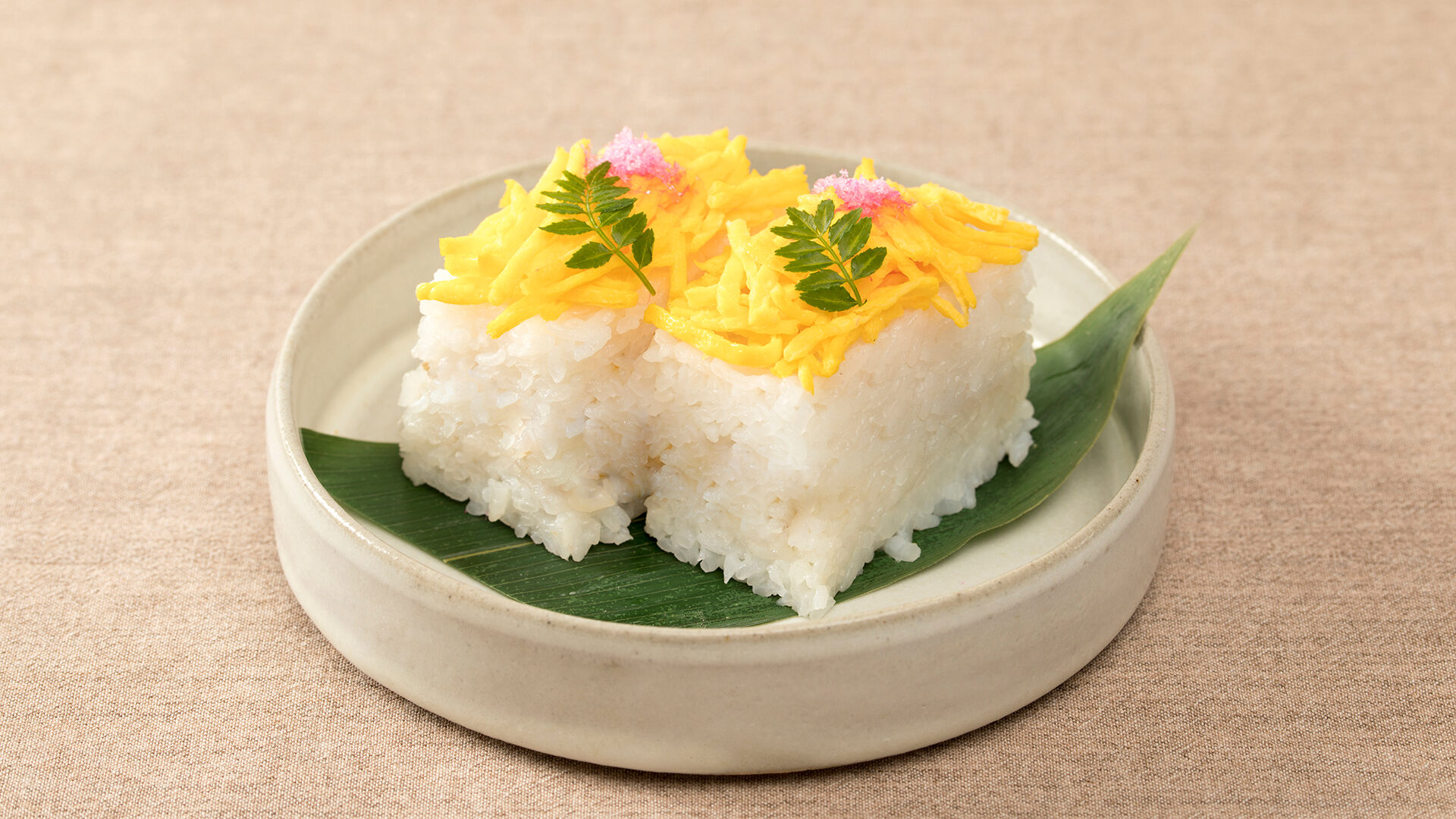
Howdy folks! Let’s mosey on over to Shimane Prefecture and check out a couple of delightful pressed sushi dishes: “Kakuzushi” and “Hakozushi.” Now, these might sound like fancy names, but they’re really just delicious ways of layering seasoned rice and veggies in wooden molds. The locals in the Iwami region have been enjoying these for ages, and there’s even a tale about a lady from Edo who brought the recipe way back when. Let’s unwrap this tasty tradition!
Dish Name: Kakuzushi / Hakozushi
- Region / Location: Shimane Prefecture
- Primary Area of Tradition: Iwami region
- Main Ingredients: Vinegared rice, seasonal vegetables such as carrots, burdock root, and shiitake mushrooms
How It’s Eaten / Served
Both Kakuzushi and Hakozushi are types of pressed sushi, and the main difference lies in the shape and size of the wooden mold used. Kakuzushi are made using small, roughly 5cm square molds (mubutsu) and are easy to prepare individually. They can even come in cute shapes like flowers, pine, bamboo, and plum. Hakozushi, on the other hand, uses larger wooden boxes, and the finished product is sliced into portions before serving. When you eat Kakuzushi, it might seem like it only has toppings, as the fillings are tucked inside the vinegared rice. But as you take bites, the flavorful vegetables appear! With Hakozushi, you can see the layers of ingredients from the side once it’s sliced. The main fillings are cooked vegetables like carrots, burdock root, and shiitake mushrooms, simmered in a sweet and savory mixture of soy sauce and sugar, layered with the vinegared rice. Sometimes, they sprinkle decorative toppings like thin strips of egg (kinshi tamago), pink fish powder (sakura denbu), and green leaves like sansho pepper or carrot leaves for a pop of color. There aren’t strict rules for these decorations, so each household often has its own unique touch.
Cultural Background and Preservation
In the Iwami region of Shimane, Hakozushi is a pressed sushi that traditionally doesn’t use any fish or meat. They layer vinegared rice and vegetables in a square wooden mold, placing thin wooden boards between the layers, repeating this process until the mold is full. Finally, they press it down and slice it into portions, garnishing with kinshi tamago, sakura denbu, and green leaves.
The origins of this dish are quite interesting. One story says that during the Edo period, the wife of a magistrate dispatched to the Iwami Ginzan silver mine (which was under direct control of the shogunate) missed the flavors of Edo and taught the locals how to make it. Another theory suggests it was brought to the region as military rations during the Sengoku period (Warring States period).
Back in the day, these were homemade dishes enjoyed on special occasions. It was common for households to have wooden molds for making Kakuzushi, and preparing it for celebratory days was just the norm. Even now, the custom of making Kakuzushi for special occasions remains. Interestingly, sushi molds were once considered part of a bride’s trousseau, passed down through generations. Because it keeps well, it was also served at celebratory feasts and was a thoughtful gift for childbirth celebrations or when visiting someone who was sick. Today, you can easily find Kakuzushi and Hakozushi at local supermarkets, direct sales outlets, and prepared food stores. They are also sometimes made as part of food education initiatives, ensuring this local flavor continues to be enjoyed.
Additional information:
- Pressed sushi (Oshizushi): A type of sushi where the ingredients are pressed together in a mold to create a firm, layered block.
- Wooden mold (Mubutsu / Oshibako): Traditional wooden boxes or frames used for making pressed sushi. Mubutsu are typically smaller and used for individual portions, while oshibako are larger.
- Vinegared rice (Sushi meshi): Cooked white rice that is seasoned with rice vinegar, sugar, and salt.
- Thin strips of egg (Kinshi Tamago): Thinly shredded omelet, often used as a colorful topping.
- Pink fish powder (Sakura Denbu): Flaked and powdered white fish that has been cooked, seasoned with sugar and soy sauce, and dyed pink.
- Sansho pepper leaves: The aromatic leaves of the Japanese prickly ash tree, used for their citrusy and slightly spicy flavor.
- Edo period: The period of Japanese history from 1603 to 1868.
- Iwami Ginzan Silver Mine: A historically significant silver mine in Shimane Prefecture that was under direct control of the shogunate during the Edo period.
- Sengoku period: The “Warring States” period in Japanese history, lasting from the mid-15th century to the early 17th century.
- Trousseau: The collection of items a bride assembles for her marriage, traditionally including household linens and personal possessions.
The information about regional cuisine featured on this website (Piggy's Grandma of Japan) is summarized and adapted from the Ministry of Agriculture, Forestry and Fisheries of Japan (MAFF) website, "Our Regional Cuisines"Additional commentary is provided based on the unique experiences and perspectives of the site's editors.
The copyright for the original content regarding regional cuisine belongs to the Ministry of Agriculture, Forestry and Fisheries of Japan.
The summaries and adaptations published on this site are intended for informational purposes only. Piggy's Grandma of Japan does not guarantee the accuracy or completeness of this information. For the most accurate and complete details, please refer to the original pages on the MAFF website.

